No products in the cart.
| Scientific name | Cassia fistula |
| Common name | Golden shower tree |
| Temperature | 25-35 °C |
| Humidity | 40-50% |
| Light | Full sun |
| Watering | Water everyday & keep moist |
| Pests | Aphids, and whiteflies & caterpillars |
| Pet friendliness | toxic to pets and humans |
| Maximum plant height | 10 m to 20m |
| Potting mix | Potting soil/red soil/manure/perlite |
| Pot requirement | Good drainage & repot every 1-2 years |
| Nutrition | Apply manure for first 15 days and npk for next 15 days |
| Pruning & training | Remove dead & diseased leaves with sterile shears |
| Common color & season | Bright yellow |
| Description | This native from southern asia retains some leaves during mild winters to shed these just before flowering. The Cassia fistula, known in arabic as khiyar sham bar, deserves its name for a spectacular floral display in spring before new leaves emerge. Some pendant, yellow flowers still show up during summer. They are lightly fragrant. The tree grows slowly to form a wide canopy in time, reaching up to 10 metres in height and even 20 metres in its native environment. Often planted in gulf regions, it does not always grow well owing the lack of humidity and to its susceptibility to chlorosis and frost damage. Its bark is pale grey and smooth when young, becoming dark brown and rough with age. The bright green leaves are pinnate with pairs of ovate leaflets. Bright yellow flowers are borne on drooping racemes that may reach 60 cm in length. Single flowers are about 6 cm in diameter. They are followed by indehiscent pods that contain up to 100 poisonous seeds. It takes them about a year to ripen. When spent flowers are discarded, a second flowering may take place in autumn. The Cassia fistula grows in full sun but tolerates some shade, a little salinity and alkaline soil. Well-drained soil is essential and some drought is tolerated. Seeds should be scarified before sowing. In gulf regions, its landscape value includes specimen trees in private gardens and parks. Falling seed pods may cause a litter problem. For frequent heavy flowering, terminal branches on young trees should be pruned to a side bud at the end of the flowering season. |


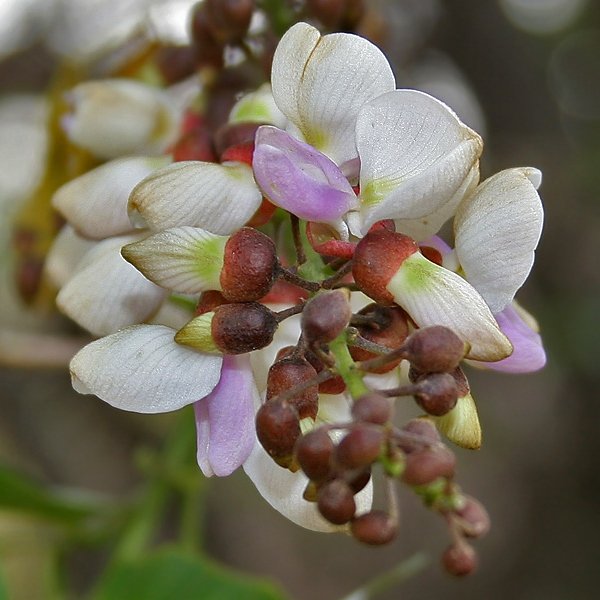
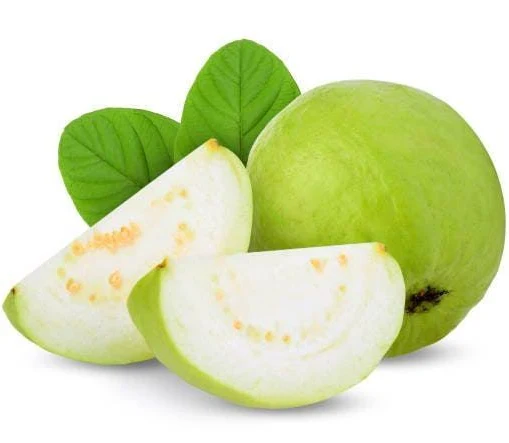

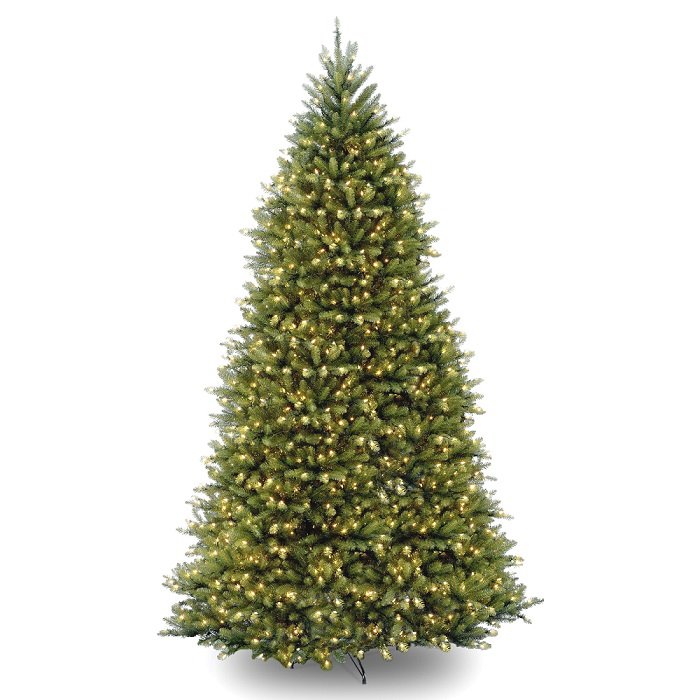

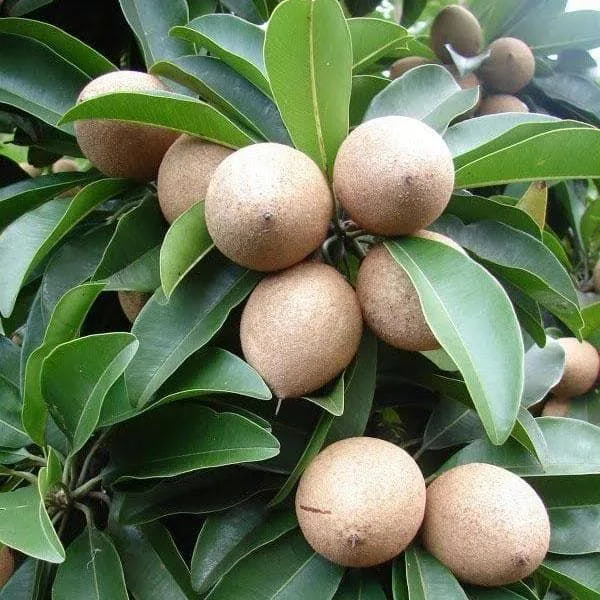


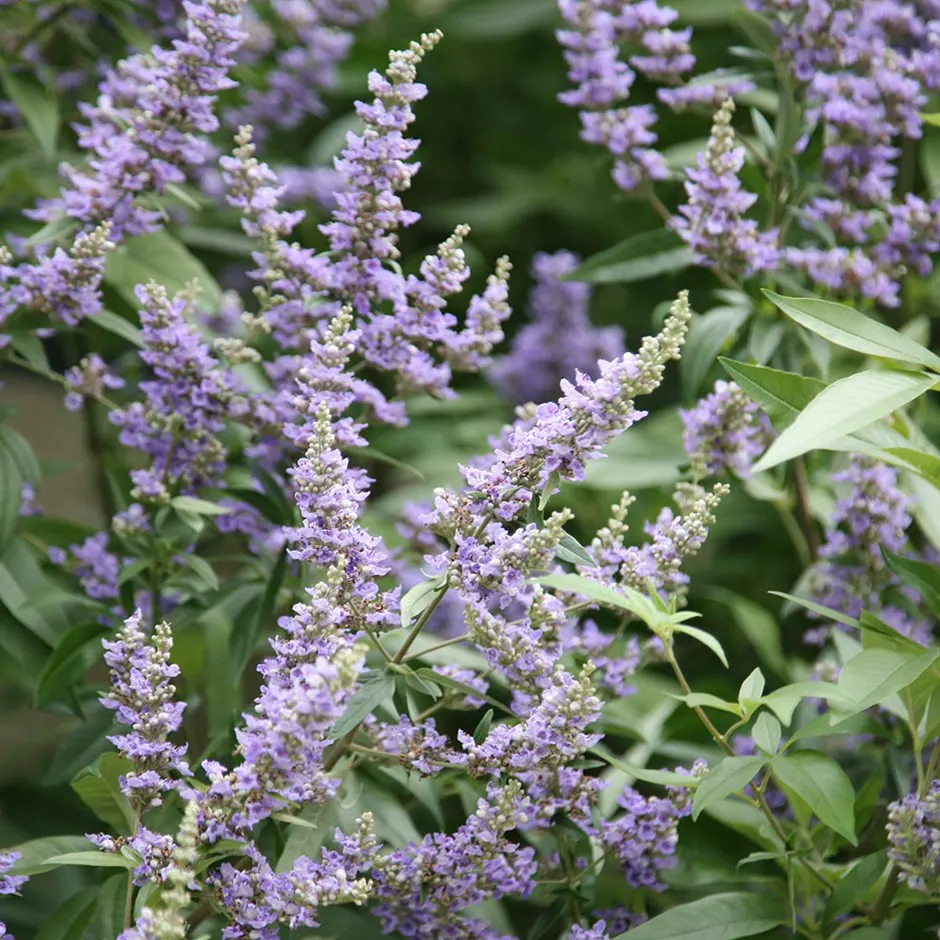

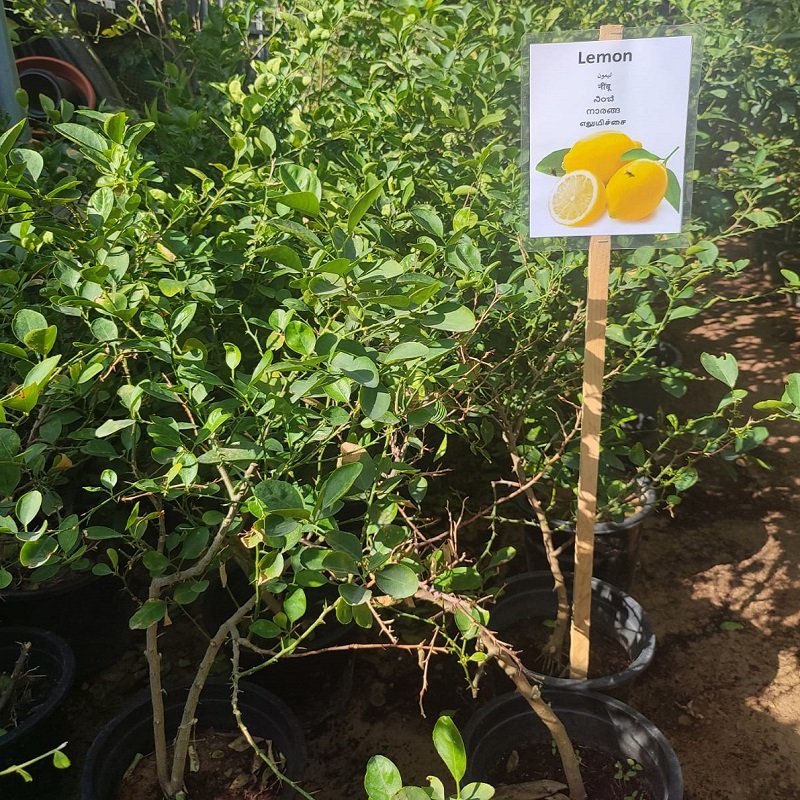

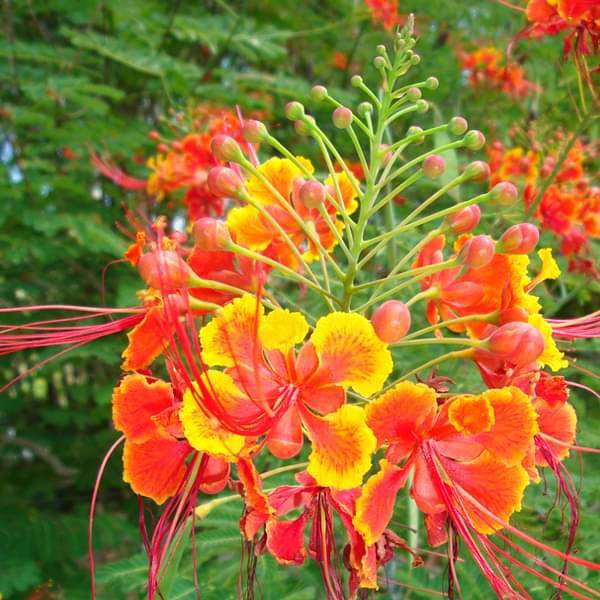
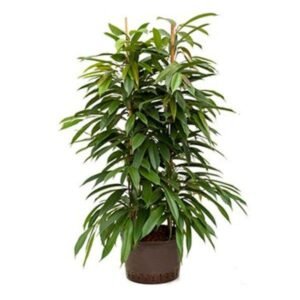
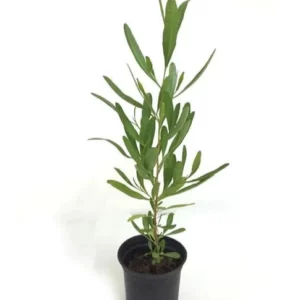
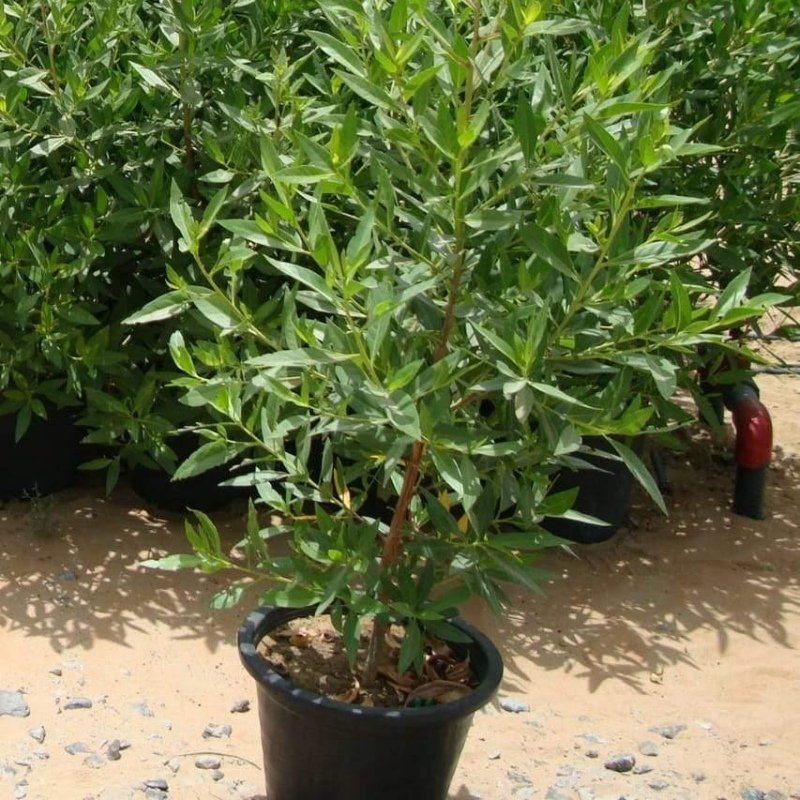

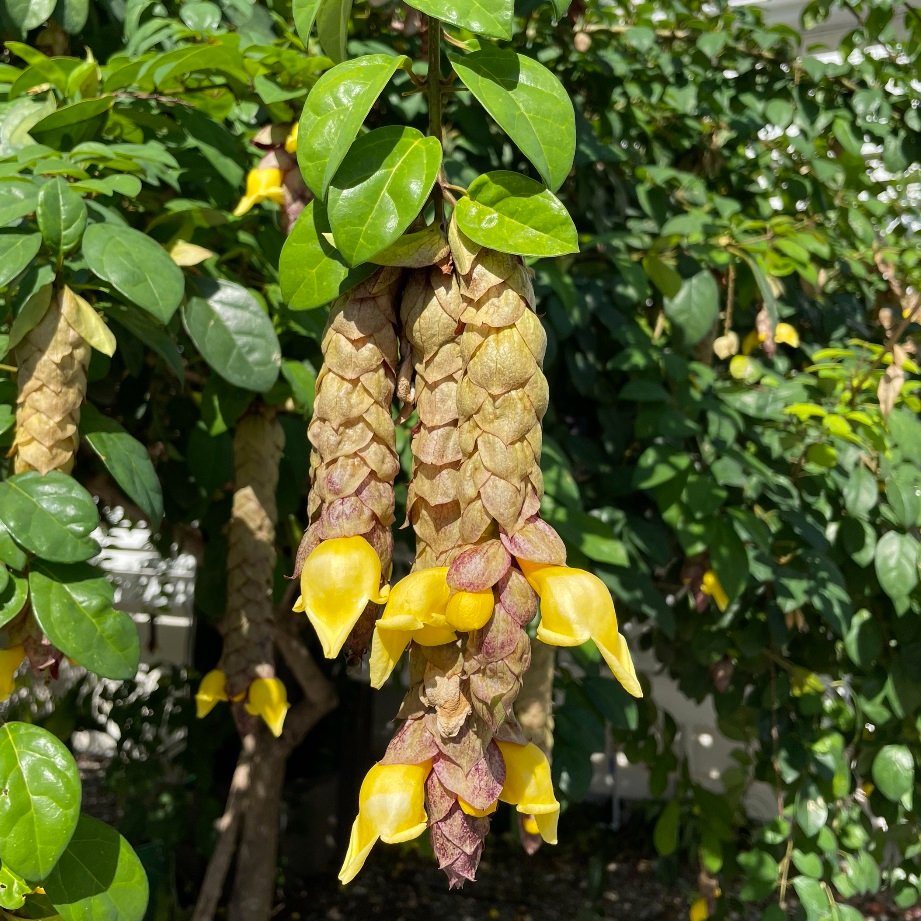


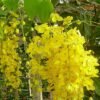
Reviews
There are no reviews yet.